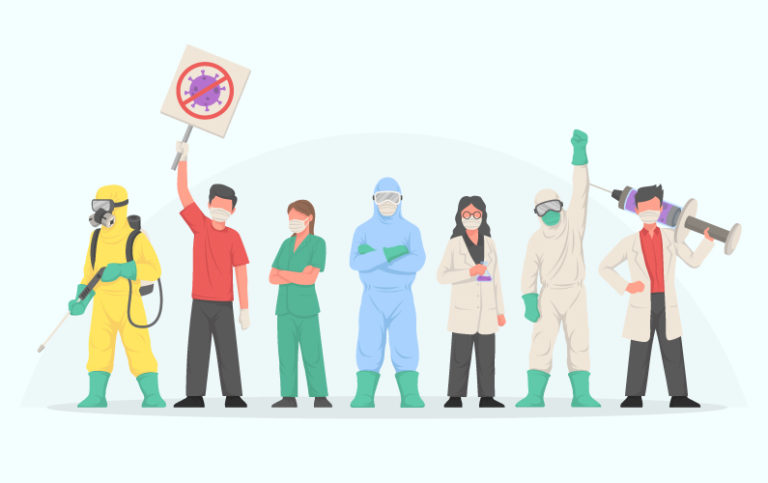Experts are seeking to team up the right protective masks with the right disinfectants to ensure that post-COVID-19 cleaning regimes are carried out safely.
New research from the Cockrell School of Engineering in Texas aims to minimise the cleaner’s exposure to harmful chemical by-products that might be created during the cleaning process.
The coronavirus emergency has led to improved disinfection protocols in public spaces while an increasing number of people – including cleaners – are now wearing protective masks at work.
But respiration dampens these masks – and this could alter their chemistry when using certain cleaning agents, according to scientists. Trial experiments have revealed that just a droplet of bleach could promote chemical changes on a mask.
Research team member Pawel Misztal claims it is often assumed that basic masks will protect the wearer from chemicals in disinfection products as well as from viruses.
“However, most masks that protect us from COVID-19 will not work on gaseous disinfectants which means that good ventilation of the building and avoiding direct inhalation of disinfection vapours is essential,” he said. “We want to understand what is forming on the mask from the reaction of disinfectants because we don’t know whether harmful by-products can be directly inhaled.”
The ultimate goal of the study is to build up a body of knowledge so that cleaners can be advised on which type of mask to wear when using different types of disinfectant; how long they should wear the mask for and how often it needs to be changed.
Source: European Journal of Cleaning
















